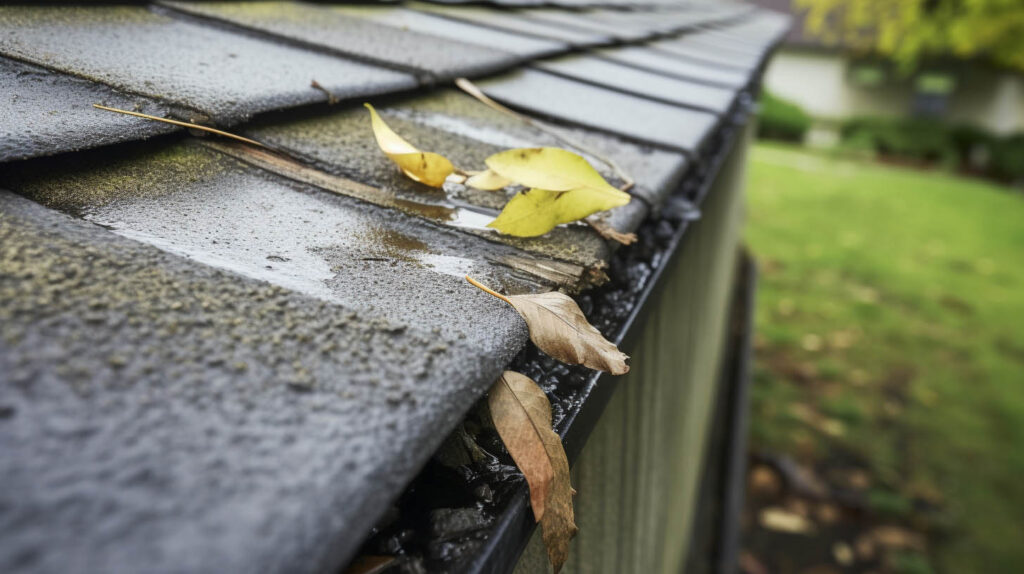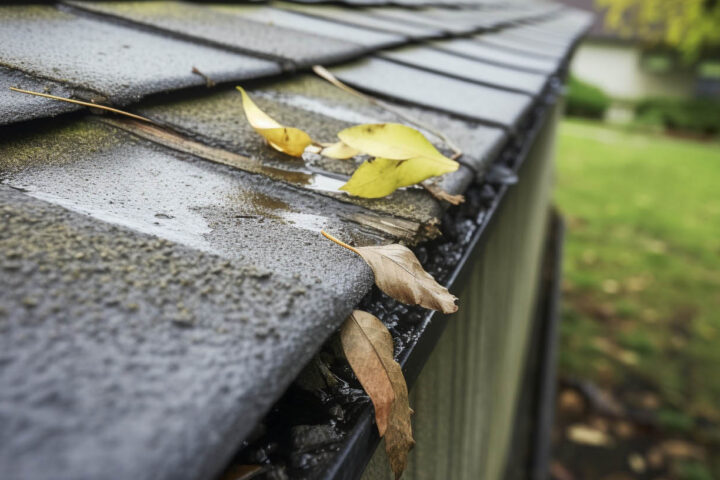
Identifying Common Roof Leak Sources
Before attempting any repairs, it’s crucial to identify the source of the leak. Common culprits include cracked flashing, broken shingles, and compromised seals around roof fixtures. Inspecting these areas can pinpoint the exact location of the leak.
Cracked Flashing
Flashing, made from thin metal sheets, is installed under shingles and on the joints of your roof to create a water-resistant barrier. Over time, weather exposure can cause the flashing to crack. Look for breaks or rust in the flashing as a sign of damage.
Broken Shingles
Shingles are the exterior layer of your roof. Damage to shingles can be easily spotted by looking for different-colored patches on your roof or shingle debris in your gutters. Replacing broken shingles is a straightforward process that can significantly reduce the risk of leaks.
Seals Around Roof Fixtures
Vents, chimneys, and other fixtures penetrate your roof, requiring proper sealing to prevent leaks. Inspect the seals for wear and tear or gaps where water can enter.
Step-by-Step Guide to Fixing Roof Leaks
Repairing Cracked Flashing
- Remove the Shingles: Carefully lift the shingles covering the damaged flashing.
- Remove the Old Flashing: Unscrew and remove the old flashing.
- Install New Flashing: Cut and fit new flashing, ensuring it covers the same area as the old piece.
- Seal and Replace Shingles: Apply roofing sealant under the new flashing and replace the shingles.
Replacing Broken Shingles
- Remove Damaged Shingles: Gently lift the edges of the surrounding shingles and remove the nails holding the damaged shingle.
- Place New Shingle: Slide the new shingle into place and nail it down.
- Seal the Shingle: Apply a small amount of roofing sealant under the shingle’s edges for extra hold.
Resealing Around Roof Fixtures
- Clean the Area: Remove any debris and old sealant around the fixture.
- Apply Roofing Sealant: Use a caulking gun to apply a new layer of roofing sealant around the fixture.
- Smooth the Sealant: Use a putty knife to smooth out the sealant for a watertight seal.
Preventative Measures for Long-Term Roof Health
Regular maintenance is key to preventing roof leaks. This includes cleaning gutters, inspecting for damage, and ensuring proper attic ventilation. Roof Repair Specialist, a leading roofing company in Los Angeles, emphasizes the importance of routine inspections to catch issues early.
Gutter Maintenance
Keep gutters and downspouts clear of debris to prevent water buildup on your roof.
Regular Roof Inspections
Inspect your roof regularly, especially after severe weather. Look for signs of wear and tear and address them promptly.
Attic Ventilation
Proper attic ventilation prevents moisture buildup, reducing the risk of leaks and extending the lifespan of your roof.
When to Call a Professional
While many minor leaks can be fixed by homeowners, some situations require professional intervention. If you’re unsure about a repair, it’s best to consult with roofing contractors in Los Angeles. Roof Repair Specialist offers expert advice and services for more complex roofing issues.
Complex Leaks
If the source of the leak is not easily identifiable or involves major structural components, professional help is needed.
Extensive Damage
For widespread damage, such as multiple broken shingles or large cracks in the flashing, professional repairs ensure a comprehensive fix.
Safety Concerns
Roof work can be dangerous. If you’re uncomfortable working at heights or lack the necessary tools, it’s safer to contact a Los Angeles roofing contractor.
Conclusion
Tackling roof leaks promptly and effectively can save homeowners time and money. By understanding common leak sources, following step-by-step repair guides, and engaging in preventative maintenance, you can protect your home from water damage. Remember, Roof Repair Specialist is here to assist with any roofing needs in Los Angeles, ensuring your home remains safe and dry.




